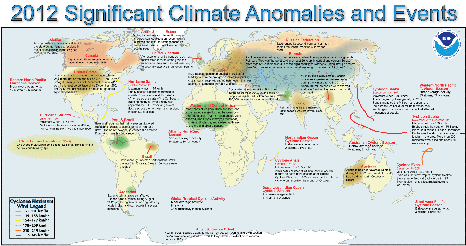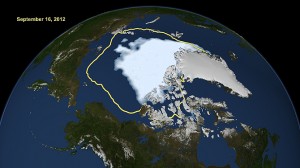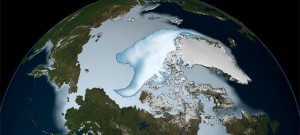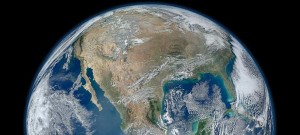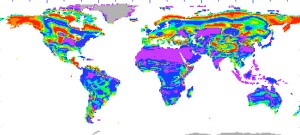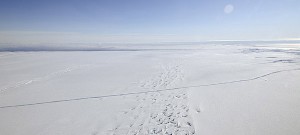NASA
2012 confirmed as 10th warmest year on record
NOAA and NASA results put global surface temperatures 0.57°C higher than the 20th century average
Is the Arctic’s loss Antarctica’s gain?
While Arctic sea ice cover plummeted this summer, many suggest this was balanced by gains in ice cover at the Antarctic. So who’s right?
Arctic ice hits record low
National Snow and Ice Center in Colorado reports sea ice levels hit likely minimum on September 16, offering clearest signal yet of climate change
Arctic sea ice reaches record low, says NASA
Arctic sea ice is lower than at any other point since satellite records began, according to NASA, representing a new norm for the region.
NASA to develop “green rocket fuel” as it looks to cut environmental footprint
Aerospace firm appointed to undertake $45m testing phase of environmentally friendly fuels for rockets and satellites.
LANDSAT at 40: NASA’s Earth as Art gallery
40 years of the LANDSAT satellite celebrated in five iconic pictures. NASA’s prized satellite has been a key tool for climate scientists revealing deforestation patterns and the gradual disappearance of polar ice.
Warm oceans are driving ice loss in Antarctica, says study
A new study by NASA used laser data to track the thinning of Antarctic ice shelves, finding warm oceans could be a dominant factor in ice loss in the region – bringing researchers closer to predicting sea level rises.
NASA: Arctic’s oldest sea ice disappearing fastest
The arctic’s oldest ice disappearing faster than newer, thinner ice according to a new study from a NASA scientist.
Hillary Clinton launches voluntary non-CO2 emissions reduction scheme
US and partners to fund cuts in methane, HFCs and soot in developing countries.
NASA: Human activity cause of climate change
Earth continued to absorb more energy during most recent solar minimum, raising doubt over repeated claims by sceptics that climate change is solar induced.
NASA: Latest pictures from satellite monitoring climate
NASA’s most recently launched Earth-observing satellite, Suomi NPP, has captured this spine-tingling picture from outer space.
Soot and methane reduction could slow global warming, says NASA study
Using simple measures to cut emissions of methane and soot could help slow global warming while also boosting crops and saving lives, says new study from NASA.
NASA: Climate change to create huge ecosystem stress
Plant communities covering almost half of the Earth’s land surface could be fundamentally affected by climate change according to new research from NASA.
Iceberg the size of Berlin developing in Antarctica
Experts say giant iceberg is part of natural 10 year cycle and is not linked to climate change
